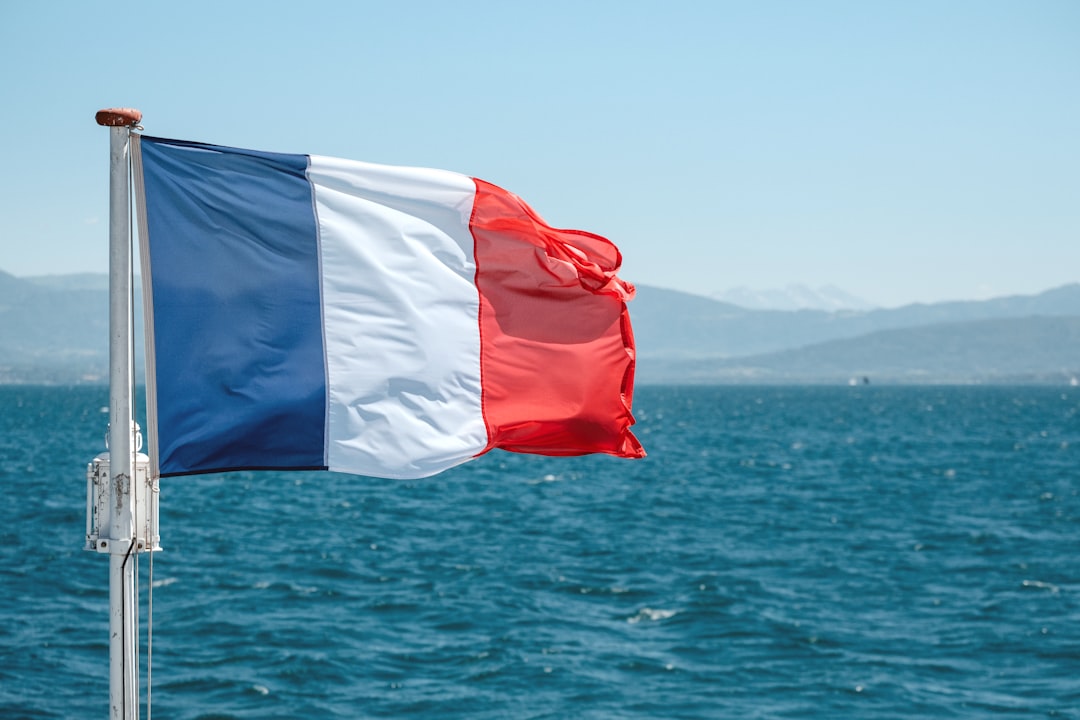What is it about?
We studied patients with extra-hepatic transfusional iron overload (Diamond blackfan anemia, Sickle cell anemia and thalassemia) and the mechanisms of plasma non-transferrin bound iron generation to gain insights into how the iron is loaded into these tissues.
Featured Image
Why is it important?
This work has allowed us to propose three mechanisms for NTBI generation: iron overload (all), ineffective erythropoiesis (predominantly TM) and low transferrin-iron utilization (DBA). Previously different mechanisms had been proposed, such as inflammatory iron withholding in the RES. This insight may allow for changes in future transfusion policies.
Perspectives
The information gained from this work could allow us to reexamine transfusion policy and propose possible modifications in the future. For example, the effect of transfusion policy (hyper-transfusion) on suppression of erythropoiesis in TM also requires further systematic investigation as excessive hyper-transfusion regimes may inhibit erythropoiesis to an extent where further NTBI is generated by reduced clearance of transferrin iron, as we have observed in DBA.
Professor Patrick B Walter
UCSF Benioff Children's Hospital Oakland
Read the Original
This page is a summary of: Mechanisms of plasma non-transferrin bound iron generation: insights from comparing transfused diamond blackfan anaemia with sickle cell and thalassaemia patients, British Journal of Haematology, September 2014, Wiley,
DOI: 10.1111/bjh.13081.
You can read the full text:
Contributors
The following have contributed to this page










